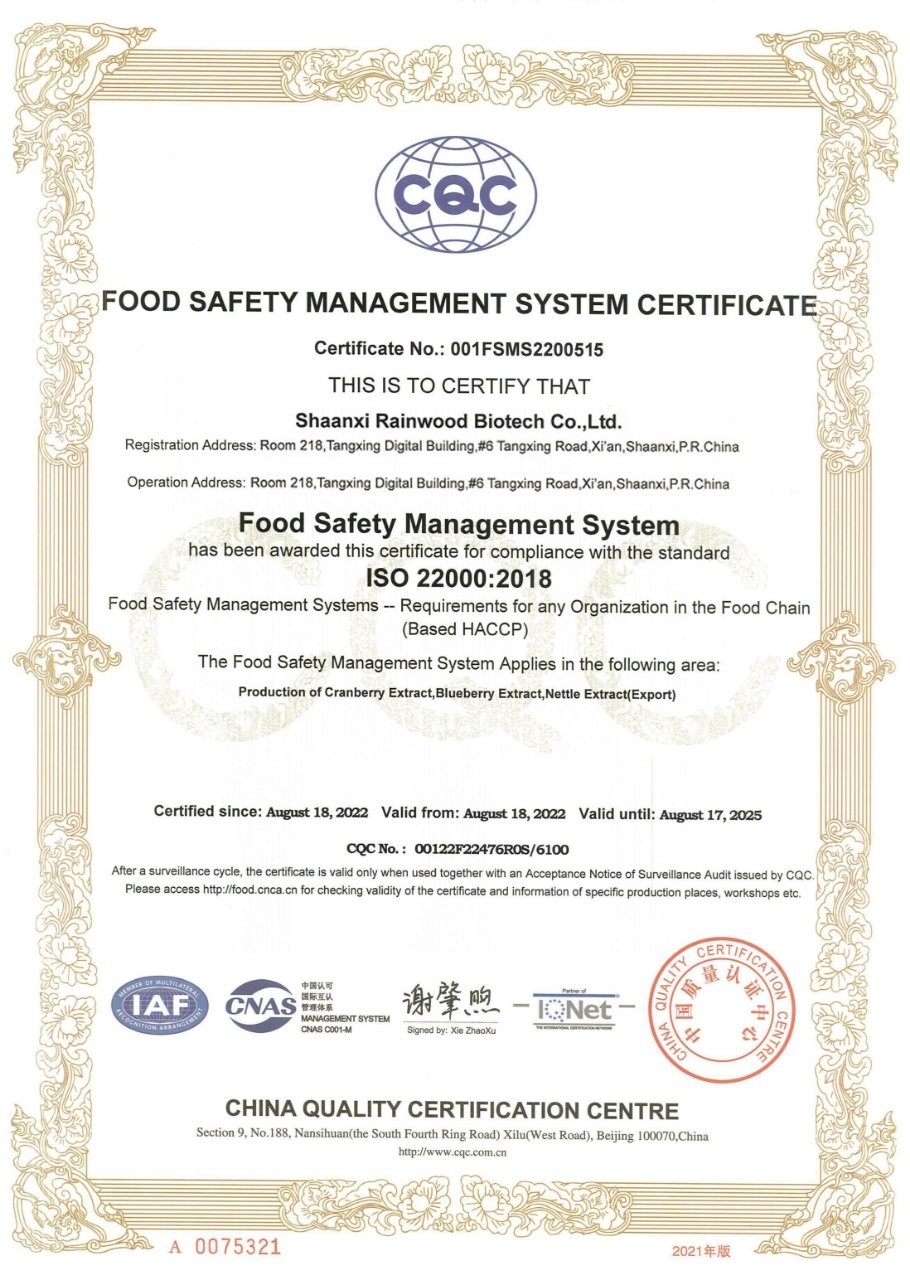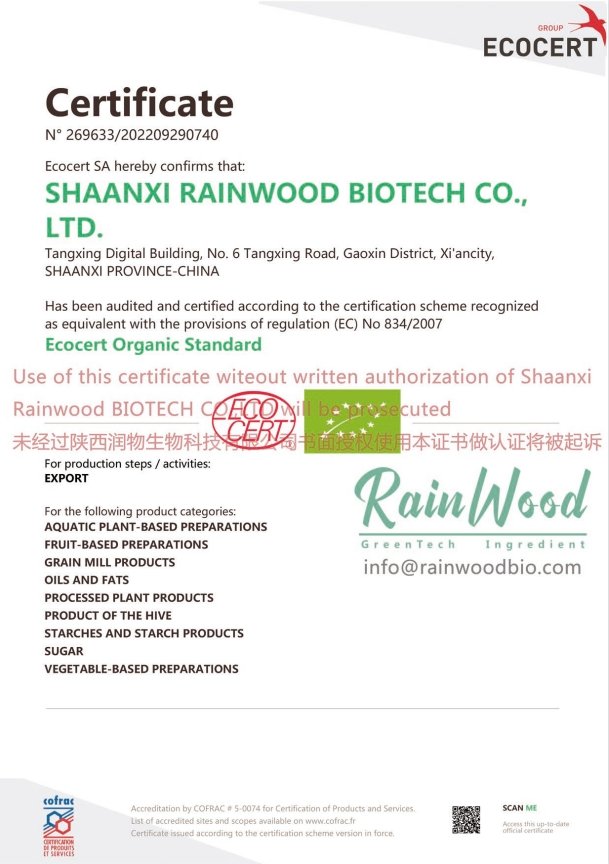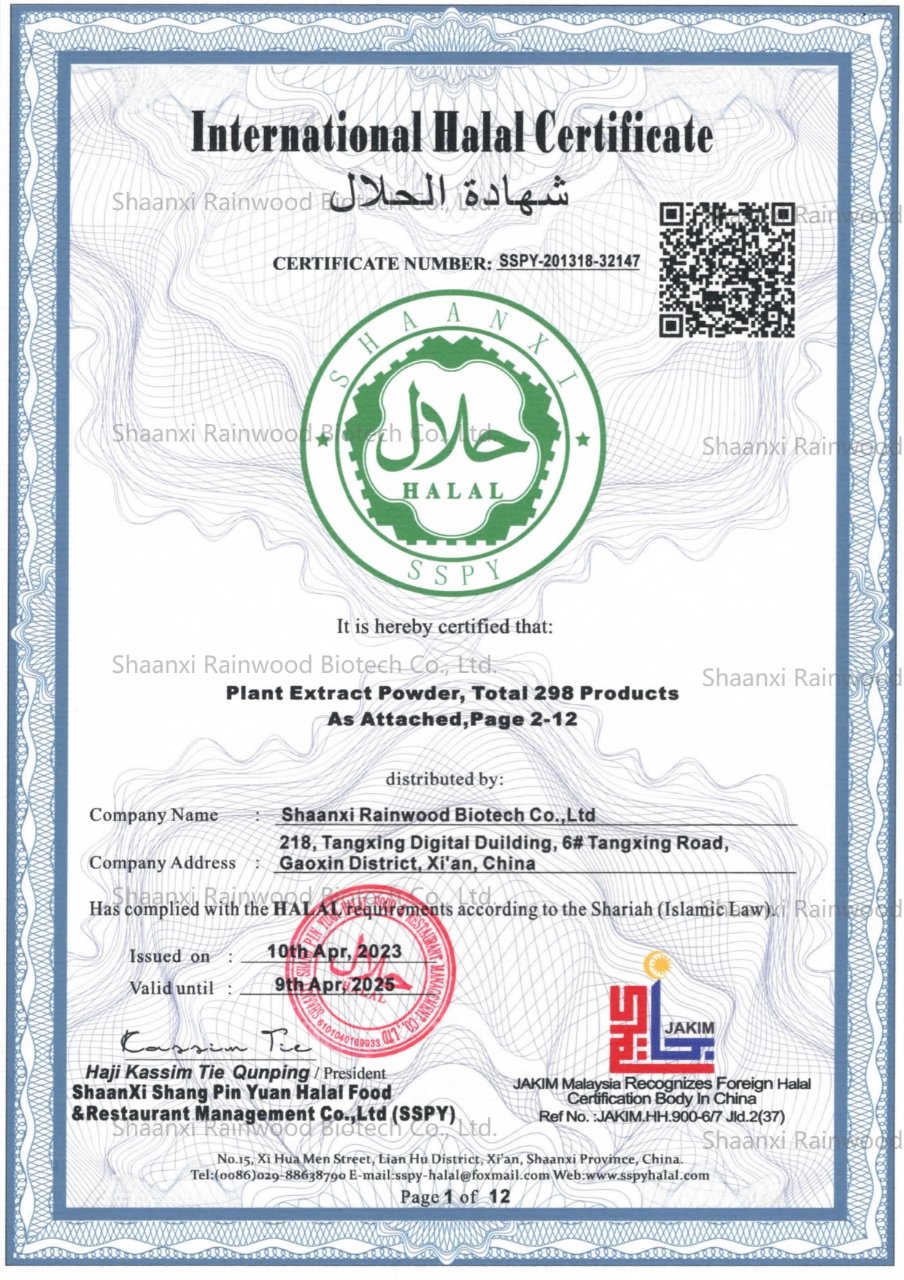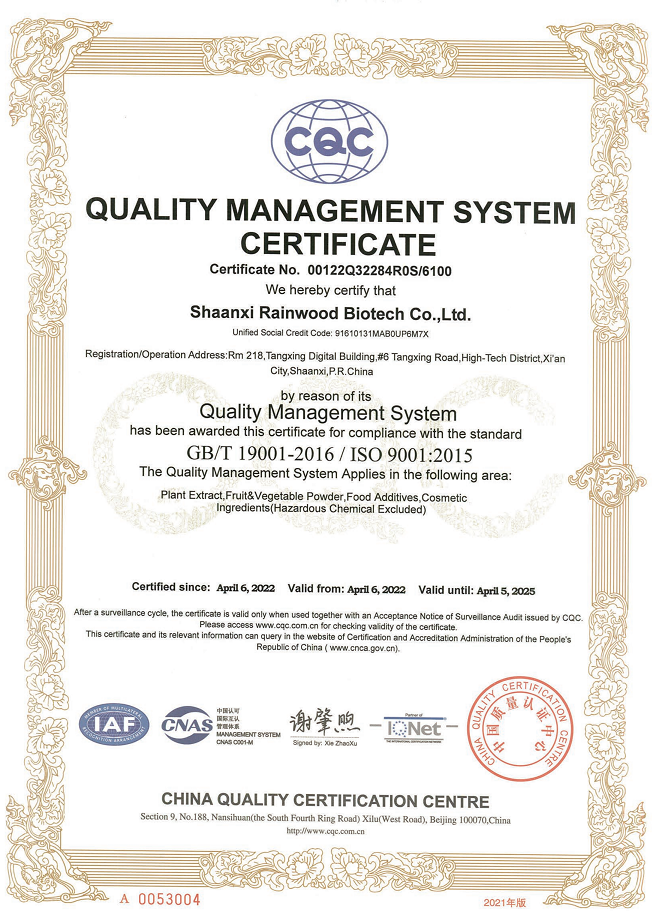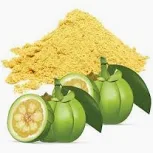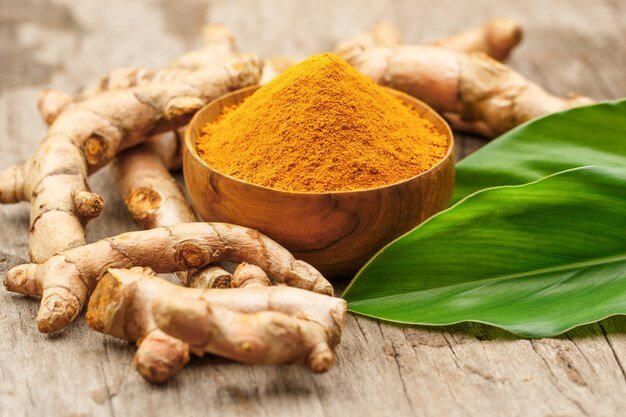Anthocyanins, a subgroup of flavonoids, are potent antioxidants naturally present in various foods, lending rich red, purple, and blue hues to plants. Beyond vibrant colors, these compounds boast anti-inflammatory, anti-viral, and anti-cancer properties.

Anthocyanins’ Versatility
In nature, anthocyanins are the pigments responsible for the vivid coloring of red, purple, and blue plants. Apart from contributing to visual appeal, they act as antioxidants, combating free radicals and offering potential health benefits, including anti-inflammatory effects and the ability to deter viruses and cancer.
Anthocyanins in Wine
In the world of winemaking, anthocyanins play a pivotal role. Originating as phenolic compounds, they are responsible for the transition of grape skins from green to red to black during veraison. The concentration of anthocyanins increases as grapes ripen, requiring skin contact during fermentation for extraction. This process explains the possibility of crafting white wine from red grapes, excluding teinturier grapes with pigmented juice.
Anthocyanins in Leaves
Anthocyanins in deciduous trees’ leaves, showcasing vibrant vermilion hues, were once deemed an extravagant use of a plant’s resources. However, contemporary research suggests their pivotal role in stress tolerance. These pigments absorb high-energy quanta, protecting chloroplasts from light-induced damage and mitigating oxidative injury by scavenging free radicals.
Anthocyanins in Foods
Anthocyanins, belonging to water-soluble pigments in the phenolic group, are glycosylated compounds found in fruits and vegetables. Berries, currants, grapes, and tropical fruits showcase high anthocyanin content, contributing to the red, purple, and blue spectrum of colors.
Health Benefits of Anthocyanins
Research highlights numerous health benefits of anthocyanins, including blood pressure regulation, enhanced visual acuity, reduced cancer cell proliferation, tumor formation inhibition, diabetes prevention, cardiovascular risk reduction, and cognitive function modulation. Additionally, these compounds exhibit anti-inflammatory and anti-bacterial activities.
Composition and Synthesis
Anthocyanins, synthesized through the phenylpropanoid pathway, belong to the flavonoid parent class. These compounds, derived from anthocyanidins through sugar addition, are odorless and moderately astringent.
Dietary Sources
Anthocyanins are prevalent in various fruits and vegetables, contributing to their vibrant colors. Blackcurrants, blackberries, blueberries, aubergine (skin), red cabbage, cranberries, and cherries are high anthocyanin sources.
Recommended Intake
While the Joint FAO/WHO Expert Committee on Food Additives has established an acceptable daily intake of 2.5 mg/kg per day for anthocyanins from grape-skin extracts, specific guidelines for anthocyanins in general are yet to be defined.








